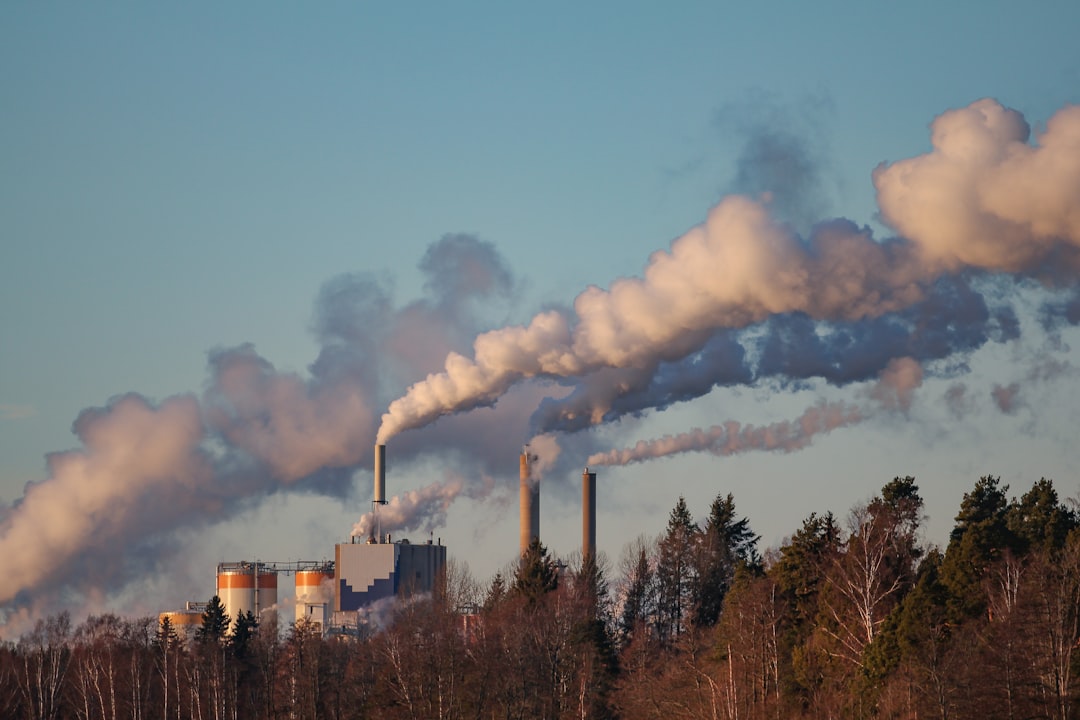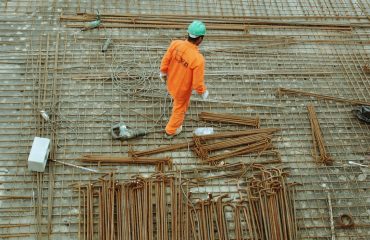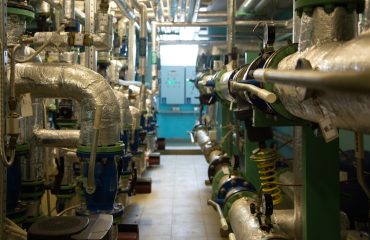The steel industry is a cornerstone of modern civilization, but its traditional production methods contribute significantly to global greenhouse gas emissions. The urgent need to mitigate climate change necessitates a radical shift towards sustainable steel production. This post explores innovative strategies to drastically reduce the carbon footprint of steel factories, paving the way for a greener and more sustainable future.
1. Optimizing Energy Efficiency in Steel Production
Steelmaking is an energy-intensive process. A significant portion of the industry’s carbon footprint stems from the energy consumed in blast furnaces and other stages of production. Improving energy efficiency is crucial. This can be achieved through several methods:
- Implementing advanced process control systems: Real-time monitoring and optimization of energy consumption during various stages of steel production can significantly reduce waste and improve overall efficiency.
- Utilizing waste heat recovery systems: Capturing and reusing waste heat generated during the steelmaking process can substantially reduce the demand for primary energy sources.
- Investing in high-efficiency equipment: Upgrading outdated equipment with more energy-efficient alternatives, such as advanced electric arc furnaces (EAFs), can lead to substantial energy savings.
- Improving insulation and reducing heat loss: Proper insulation of furnaces and other equipment minimizes energy loss and improves overall thermal efficiency.
2. Transitioning to Renewable Energy Sources
The reliance on fossil fuels in steel production is a major contributor to greenhouse gas emissions. Transitioning to renewable energy sources is vital for decarbonizing the industry. This involves:
- Harnessing solar and wind power: Integrating renewable energy sources like solar and wind farms into steel plant operations can directly reduce reliance on fossil fuels.
- Exploring geothermal energy: Geothermal energy can provide a consistent and reliable source of heat for certain steelmaking processes, reducing the need for fossil fuel-based heating.
- Utilizing hydropower: Where geographically feasible, hydropower can provide a clean and sustainable source of electricity for steel production.
- Investing in green hydrogen: Hydrogen produced from renewable energy sources can replace fossil fuels in various steelmaking processes, significantly reducing carbon emissions.
3. Implementing Carbon Capture, Utilization, and Storage (CCUS) Technologies
CCUS technologies offer a promising pathway for reducing carbon emissions from steel production. These technologies capture CO2 emissions from various sources within the steel plant and either store them underground or utilize them in other industrial processes:
- Post-combustion capture: Capturing CO2 from the flue gases of blast furnaces and other combustion processes.
- Oxy-fuel combustion: Burning fuel in pure oxygen, which produces a concentrated stream of CO2 that is easier to capture.
- Carbon capture from direct reduction processes: Capturing CO2 emitted during the direct reduction of iron ore.
- CO2 utilization: Using captured CO2 in other industrial processes, such as enhanced oil recovery or the production of chemicals and fuels.
4. Embracing Sustainable Raw Materials and Recycling
The raw materials used in steel production significantly impact its carbon footprint. Shifting towards more sustainable sources and increasing recycling rates is crucial:
- Utilizing recycled steel: Recycling steel scrap significantly reduces the energy and emissions associated with producing virgin steel.
- Sourcing iron ore from sustainable mines: Choosing iron ore from mines with responsible environmental practices minimizes the environmental impact of raw material extraction.
- Exploring alternative iron sources: Investigating alternative iron sources, such as iron from red mud (a byproduct of the alumina industry), can reduce reliance on traditional iron ore mining.
- Implementing a circular economy model: Designing steel products for recyclability and establishing efficient recycling infrastructure is essential for a circular steel economy.
5. Fostering Innovation and Collaboration in Green Steel Technologies
The transition to sustainable steel production requires continuous innovation and collaboration across the entire value chain. This involves:
- Investing in research and development: Supporting research into new and improved green steel technologies is essential for accelerating the decarbonization process.
- Promoting industry partnerships: Collaboration between steel producers, technology providers, and research institutions is crucial for the development and deployment of green steel technologies.
- Developing industry standards and certifications: Establishing clear standards and certifications for sustainable steel production can help ensure transparency and accountability.
- Supporting policy initiatives: Government policies and incentives can play a significant role in driving the adoption of green steel technologies.
Reducing the carbon footprint of steel factories requires a multifaceted approach encompassing energy efficiency improvements, renewable energy adoption, carbon capture technologies, sustainable raw material sourcing, and a commitment to innovation and collaboration. By embracing these strategies, the steel industry can forge a greener future and contribute significantly to global climate change mitigation efforts.
Tags: steel industry, carbon footprint, sustainable steel, green steel, carbon emissions




